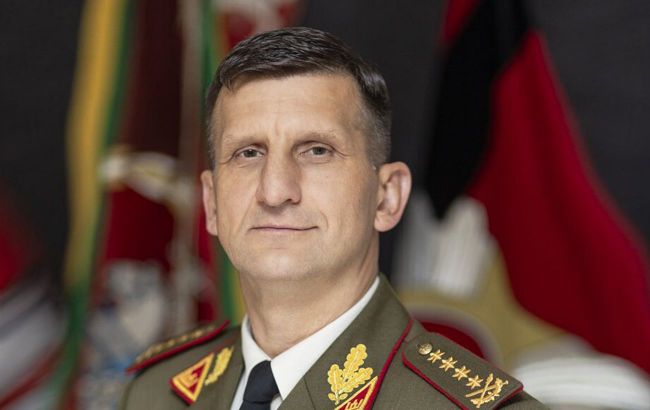According to him, the initial plan is to strengthen the border and strategic facilities. At the same time, he emphasized that Lithuania cannot guarantee the complete security of its airspace, just “like all NATO countries.”
Vaikšnoras noted that full coverage of defense needs would require significantly more funding. He added that this would amount to about 10% of the country’s GDP.
“Expectation management is very important. Attention will be given to strategic objects, not just the borders,” he said.
According to Vaikšnoras, the Lithuanian Armed Forces will prioritize the mobility of defense systems, enabling them to be rapidly relocated when necessary.
“The effect would be that we could identify low-flying objects and neutralise them,” the Lithuanian army commander stressed.
He added that NATO currently has no unified solution for detecting and neutralizing hostile drones. Vaikšnoras reminded that the recently launched Eastern Sentry operation aims to support countries in developing their own national systems.
Drones over EU countries
In recent weeks, there has been a wave of drone incursions over Denmark, Poland, and Romania. In addition, Russian fighter jets have violated Estonian airspace.
On September 27, Denmark confirmed that unknown drones had been spotted at night over several Ministry of Defense facilities. Two days earlier, drones had been detected over Denmark’s airports in Aalborg, Esbjerg, Sønderborg, and over the Skrydstrup Air Base.
On September 29, Denmark launched joint Wings of Defense exercises with the participation of Danish and Ukrainian troops, during which they are practicing countering strike drones.
